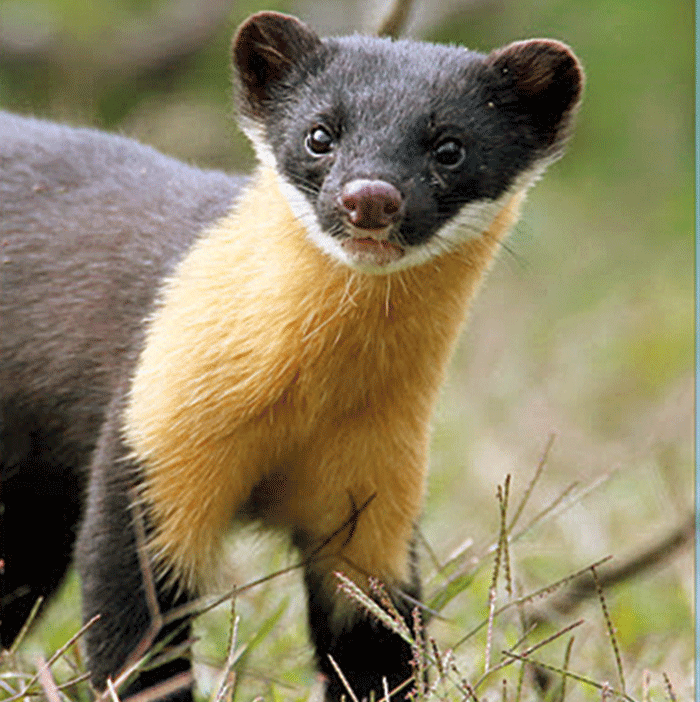Over 5,500 species of amphibians, birds, mammals and reptiles are bought and sold to meet the human demand for meat, medicines, clothing, luxury items and pets, scientists said on Thursday.
Their analysis of the global wildlife trade has shown that at least 5,579 terrestrial vertebrate species are traded — a number that is 40 to 60 per cent higher than previous estimates.
The scientists have listed the Himalayas, South America, Central and Southeast Africa and Southeast Asia as the hubs of the trade.
Using global databases maintained by conservation science agencies, the researchers have also identified up to 3,000 additional species that could be at risk of future commodification based on their similarities with the currently traded species.
The study was published in the US research journal Science on Friday.
“We’ve tried to assess the current global trade and forecast the species likely to be traded in the future,” David Edwards, professor of conservation science at Sheffield University in the UK and co-author of the study, told The Telegraph over the phone.
The Nilgiri marten, the Asiatic brush-tailed porcupine, and the woolly flying squirrel found in India are among the mammals currently overlooked by markets but at risk of future trading.
An African reed frog, a Vietnamese snake, and a Chinese jumping mouse are also among he species likely to be traded in future.
The Bengal bushlark, the cinnamon bittern, and the snow partridge are among the Indian birds in this at-risk category.
“Some of the other birds on this list are migratory,” said Merwyn Fernandes, a conservation scientist with the World Wide Fund for Nature, India.
The emergence of widespread demand in East Asia for pangolin scales and meat and the growing demand for the ivory-like casque of the helmeted hornbill have pushed both into the list of “critically endangered” species, Edwards and his colleagues said.
In Asia, the Himalayas, Indonesia and Malaysia are “hotspots” for the wildlife trade, especially that in amphibians and mammals, the scientists said.
Species may be sold alive to pet lovers, circuses, zoos and those who conduct animal shows, while species traded as dead products are sold for their meat or skins, or to prepare medicines or luxury items.
The pet trade in reptiles occurs mainly in Australia and Madagascar. While most of the amphibians collected from the Amazon are used as pets, those collected from Australia and Southeast Asia are used for their products.
Conservation specialists believe that tortoises and freshwater turtles are among the most traded wildlife species in India.
The wildlife trade-monitoring network, Traffic, has estimated that over 110,000 tortoises or freshwater turtles entered the illegal wildlife trade in India over the 100-year period ending September 2019, mainly as pets, food or sources of medicine.
Bengal and Uttar Pradesh have emerged as hotspots that account for over 60 per cent of the nationwide trade in tortoises or freshwater turtles, the Traffic analysis indicates.
The Indian star tortoise accounts for nearly half the trade, followed by the Indian softshell turtle and the Indian flapshell turtle.











